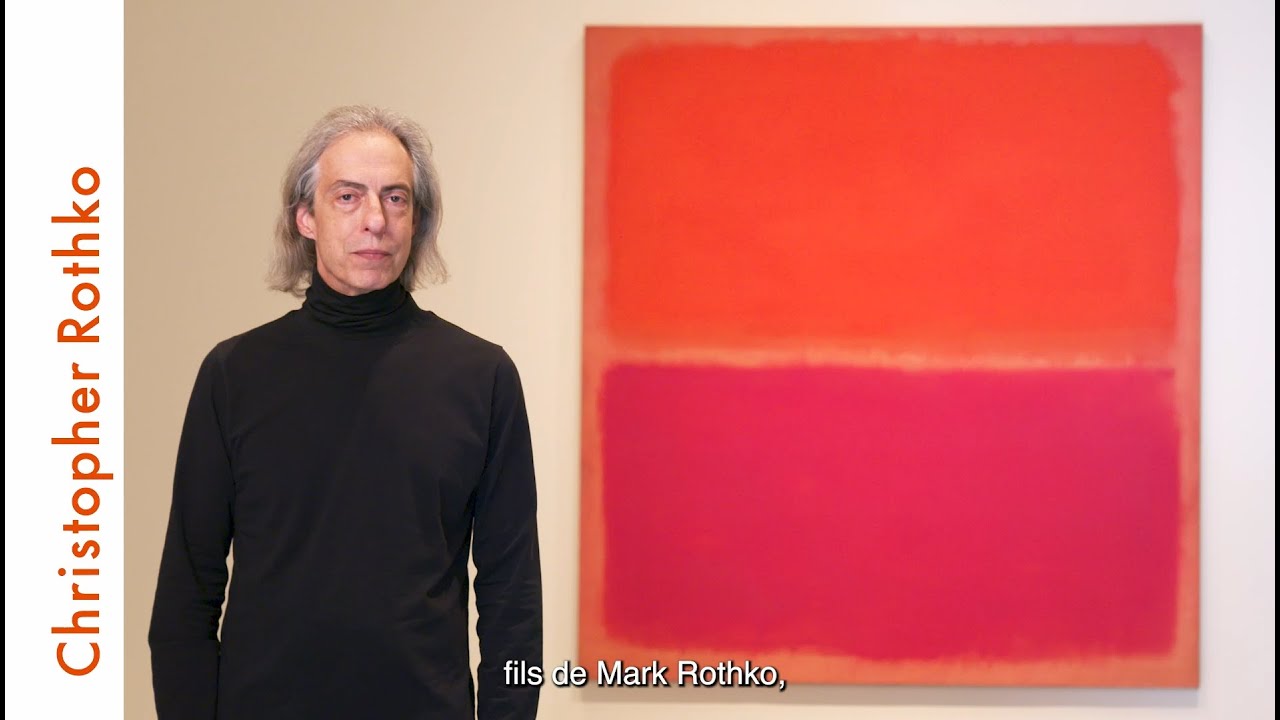
Robert Draws – Mark Rothko was not only a painter but also a seeker of something deeper than form or technique. His artworks were not created to impress but to evoke inner contemplation and emotional response. Through his large color fields and minimal compositions he invited viewers to step into a quiet space of reflection. Rothko’s focus was never on visual pleasure alone. He aimed to express the human condition through abstraction. His colors were chosen carefully not for aesthetic harmony but to stir emotional resonance. Viewers were encouraged to confront feelings of awe sorrow or even transcendence. His commitment to the spiritual aspect of painting made him stand apart from many contemporaries. Rothko once said he wanted people to cry in front of his paintings. This emotional goal made his approach to art deeply personal and existential rather than merely decorative or academic.
Mark Rothko’s early career began with figurative works but gradually shifted toward abstraction as he searched for deeper meaning. Influenced by mythology philosophy and psychology Rothko saw art as a path to communicate universal truths. He moved beyond literal subjects choosing instead to focus on emotion and spirituality through color form and scale. His mature style emerged in the 1940s and reached its peak in the 1950s with his iconic multiforms.
These paintings featured stacked rectangles of soft edged colors on vast canvases. Each composition felt meditative as if crafted for spiritual encounter. Rothko carefully adjusted tone proportion and spacing to create emotional tension or calm. This careful balance was achieved through deep intuition and reflection. Rothko believed that traditional narrative was no longer effective to communicate what he called basic human emotions such as tragedy ecstasy and doom. This belief shaped his visual language into one of profound spiritual intensity.
“Read about: French Impressionism Shines in Melbourne’s NGV International Exhibition”
The art of Mark Rothko revolved around the use of color and space to evoke inner stillness. His paintings often consisted of only a few color blocks yet they carried immense emotional weight. The canvas acted as a portal inviting viewers into a silent conversation with their own feelings. Rothko preferred that his works be hung low and viewed from a close distance to encourage a sense of immersion.
The physical size of the canvas made the viewer feel surrounded by color. For Rothko color was not a decorative element but a spiritual vehicle. He often worked with deep reds rich blacks luminous yellows or haunting purples to shape the psychological tone of his work. The absence of detailed forms allowed the mind to focus on sensation and presence. The experience of standing before a Rothko painting was meant to feel like entering a sacred space where emotion and awareness could unfold without words.
One of the most powerful expressions of Mark Rothko’s spiritual vision is the Rothko Chapel in Houston Texas. This non-denominational space was designed as a sanctuary for meditation prayer and reflection. Fourteen of Rothko’s darkest and most somber works hang on the chapel’s walls. These paintings mark a departure from his earlier vibrant palettes and reflect his late life engagement with themes of mortality and inner darkness.
The chapel was designed in collaboration with architects but Rothko’s vision shaped every element. Natural light filters gently into the space illuminating the deep hues of each canvas. Silence is the dominant presence inside the chapel. Visitors are invited to sit breathe and feel the subtle shifts of emotion that arise. The Rothko Chapel stands as a testament to the artist’s belief that abstract art can transcend culture religion and language. It is not only a gallery but a temple of emotional and spiritual inquiry.
“Read more: STAC’s Educational Archive: A Goldmine for Advocates and Educators”
The legacy of Mark Rothko lies not in artistic innovation alone but in the emotional depth his paintings continue to inspire. His work invites the viewer to slow down and face the unspoken aspects of existence. Unlike many artists of his time Rothko did not seek fame through shock or novelty. Instead his purpose was to create experiences that honored the complexity of being human. His minimalist approach demanded patience and openness from the audience. Today Rothko’s works are exhibited in major museums around the world yet they remain deeply personal encounters. Many viewers find themselves moved to tears when standing before a Rothko canvas. This emotional response was the artist’s ultimate goal. He believed that great art must touch the soul. Through the power of abstraction and the sincerity of his vision Rothko built a bridge between color and consciousness that still resonates across generations.